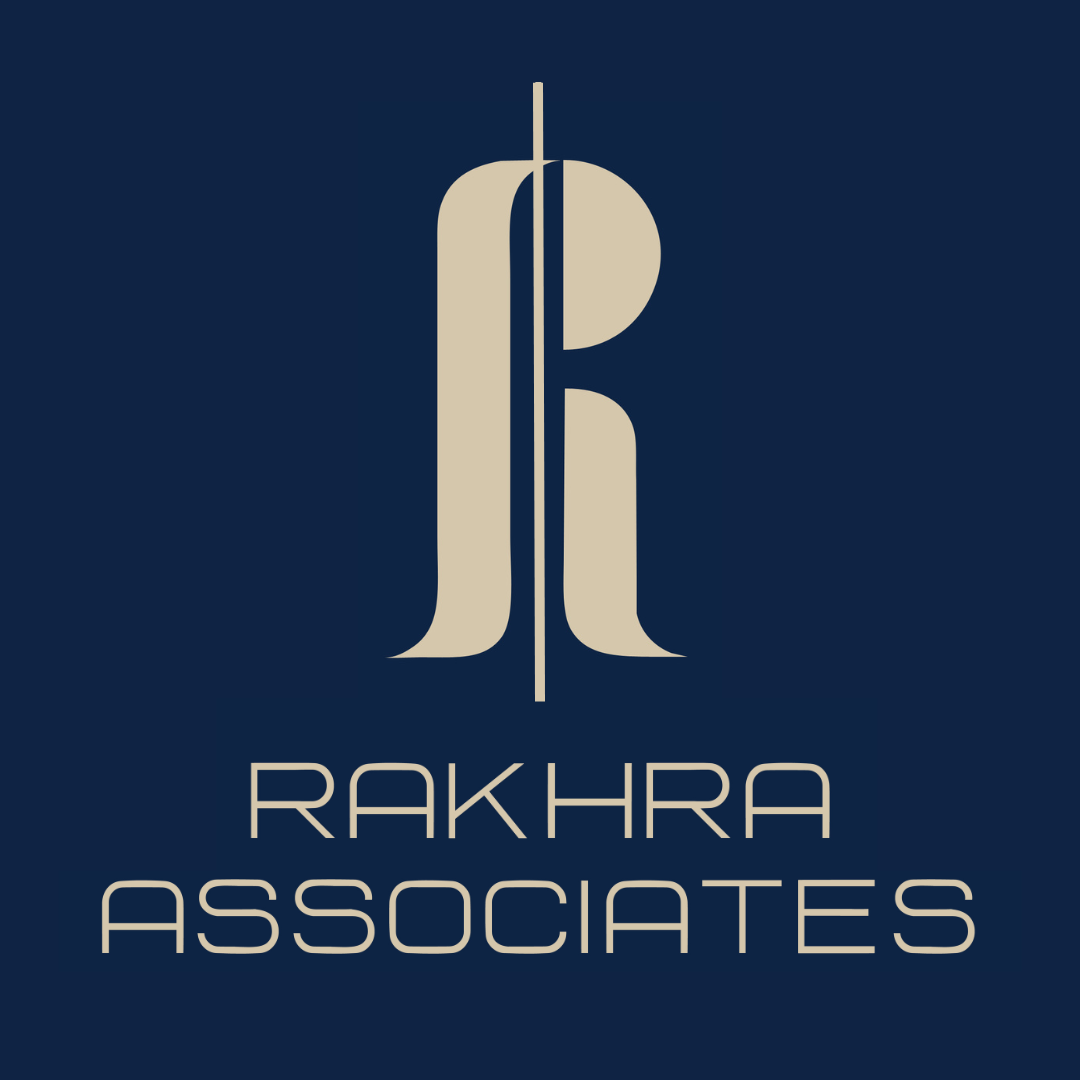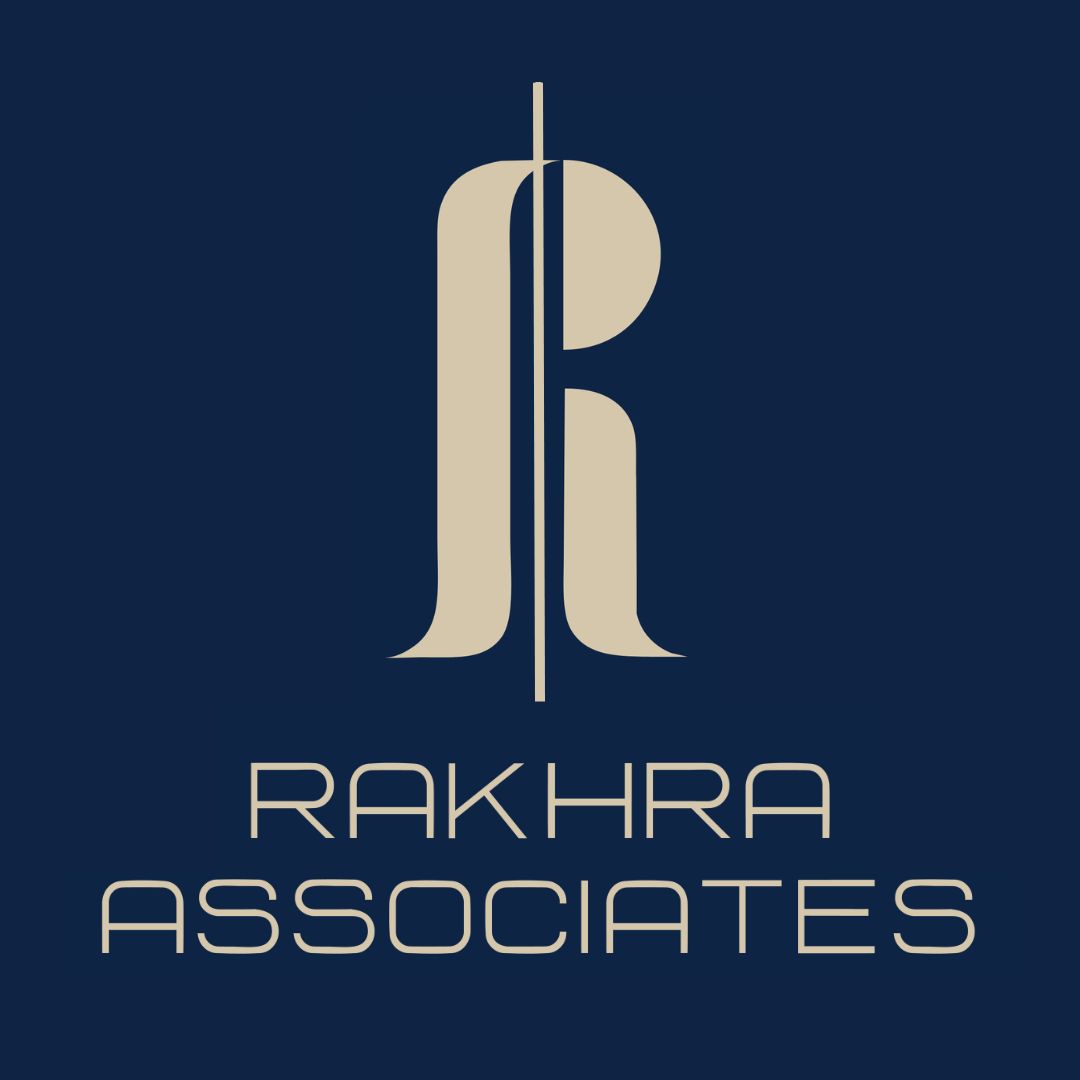Blog
Top Structural Engineering Mistakes in Construction Projects – And How to Avoid Them

Introduction
Even the most well-planned construction projects can face serious setbacks if structural engineering isn’t executed correctly. From foundation failures to inadequate load-bearing designs, small mistakes can lead to costly repairs, safety hazards, and in severe cases — structural collapse.
At Rakhra Associates, one of the leading teams of structural engineers in Chandigarh and Punjab, we’ve seen firsthand how common missteps in structural design and execution can derail entire projects. In this blog, we’ll explore the top structural engineering mistakes often encountered during construction and offer expert advice on how to avoid them.
Whether you’re a builder, architect, or project owner, understanding these pitfalls can save time, money, and lives.
1. Inadequate Site Investigation
The Mistake:
Many construction teams begin design without proper geotechnical surveys or soil tests. This results in foundation mismatches, differential settlements, or even collapse due to weak bearing capacity.
How to Avoid It:
- Conduct comprehensive soil testing before any design or excavation begins.
- Include hydrology, slope stability, and ground water analysis as needed.
- Work with experienced structure engineers in Mohali or Chandigarh for accurate site evaluation reports.
2. Ignoring Load Path and Load Transfer
The Mistake:
Misunderstanding how loads travel through a structure — from slabs to beams, columns, and finally to foundations — leads to overloaded members or unexpected stress points.
How to Avoid It:
- Create a clear and continuous load path in structural design.
- Verify it with load simulations using structural software like ETABS or STAAD.
- Always design with seismic and wind loads (IS 875 and IS 1893) in mind, especially in high-risk zones like Punjab.
3. Overlooking Seismic Design Requirements
The Mistake:
Ignoring or downplaying seismic loads, especially in places like Chandigarh (Zone IV), results in structural brittleness and failure during earthquakes.
How to Avoid It:
- Follow IS 1893 and IS 13920 for earthquake-resistant design.
- Use ductile detailing and proper joint reinforcement.
- Incorporate shear walls or braced frames for lateral resistance.
4. Inadequate Reinforcement Detailing
The Mistake:
Even well-designed structures fail due to poor rebar placement, anchorage, and spacing. Common issues include:
- Congested reinforcement at beam-column joints
- Inadequate development length
- Incorrect lap splice locations
How to Avoid It:
- Adhere strictly to IS 456:2000 and IS 2502 reinforcement detailing guidelines.
- Use BBS (Bar Bending Schedule) for accurate quantity estimation and execution.
- Supervise reinforcement works through regular structural audits by qualified engineers.
5. Improper Column and Beam Sizing
The Mistake:
Columns or beams that are under-designed or irregularly spaced can cause localized stress, cracking, or long-term deflections.
How to Avoid It:
- Design columns and beams to suit all load combinations, including dead, live, seismic, and wind.
- Avoid abrupt section changes between floors.
- Use structural modeling tools to simulate real-world behavior before construction.
6. Use of Outdated or Incompatible Materials
The Mistake: Using materials that don’t meet current IS codes or mixing materials (e.g., different concrete grades or types of steel) without proper design consideration can weaken structural integrity.
How to Avoid It:
- Source materials from approved vendors.
- Verify material properties through lab testing.
- Ensure compatibility in mixed-use designs (e.g., PEB + RCC).
7. Poor Structural Coordination with Architectural Plans
The Mistake:
Structural and architectural designs that don’t align can result in:
- Columns in undesirable locations
- Beam clashes with HVAC or plumbing
- Alterations on site that compromise structural stability
How to Avoid It:
- Engage in early coordination between architects and structure engineers.
- Use BIM (Building Information Modeling) for integrated design review.
- Avoid last-minute architectural changes once structural plans are finalized.
8. Neglecting Structural Audits in Existing Buildings
The Mistake:
Renovating, expanding, or repurposing old structures without a structural audit often leads to failures due to unknown load capacities or undetected damage.
How to Avoid It:
- Conduct a thorough structural audit before making changes to old buildings.
- Use non-destructive testing (NDT) methods for accurate assessment.
- Rakhra Associates offers detailed structural audits across Punjab for both residential and commercial properties.
9. Not Accounting for Differential Settlement
The Mistake:
In large or unevenly loaded structures, differential settlement (one part sinking more than others) can cause cracks, tilts, or even collapse.
How to Avoid It:
- Use proper soil stabilization methods and select suitable foundation types (raft, pile, etc.).
- Perform load balancing and provide expansion joints where needed.
- Monitor settlement post-construction using sensors or manual surveys.
10. Lack of Quality Supervision During Execution
The Mistake:
On-site mistakes such as:
- Incorrect formwork removal timing
- Poor concrete compaction
- Missing cover blocks or ties are often due to unskilled labor or lack of site supervision.
How to Avoid It:
- Appoint experienced site engineers or third-party structural consultants.
- Conduct regular site inspections at key stages (foundation, slab casting, beam-column joints).
- Train workers on structural importance and safe practices.
Final Thoughts: Why Rakhra Associates Prioritizes Prevention
At Rakhra Associates, we’ve helped numerous projects across Chandigarh, Mohali, and Punjab avoid costly mistakes through robust design principles, peer reviews, and structural audits. Our team believes that preventing structural errors is far more efficient than correcting them.
Whether it's designing high-rise commercial towers or auditing aging buildings for safety, we ensure that every project meets not just IS codes, but exceeds industry benchmarks in quality and resilience.


